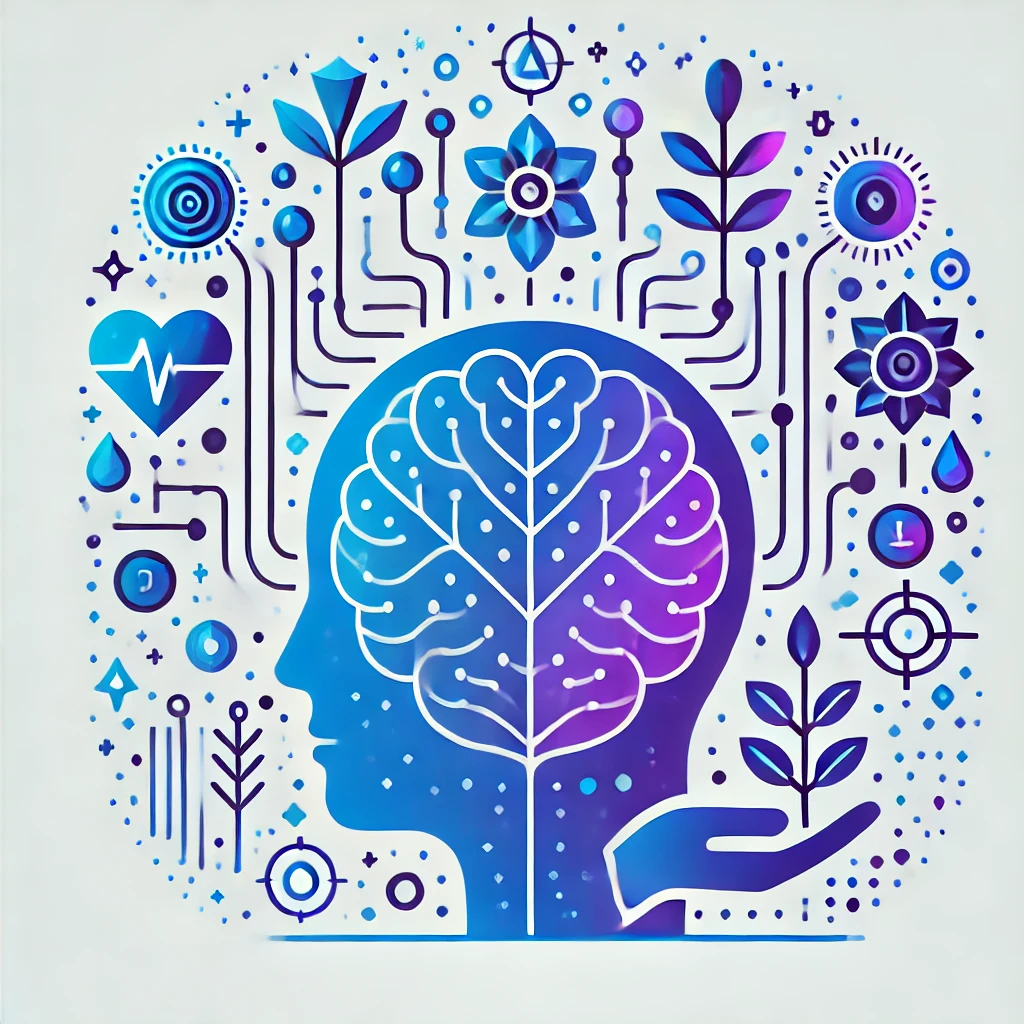
Introduction:
Neuroplasticity for emotional healing provides a promising pathway for emotional regulation and stress reduction. This article explores practical applications of neuroplasticity, focusing on daily practices that help cultivate feelings of safety and peace. By implementing these techniques, individuals can achieve lasting emotional wellbeing and resilience.
Cultivating Feelings of Safety and Peace
One of the primary goals of neuroplasticity-based practices is to cultivate feelings of safety and peace. This involves training the brain to focus on positive emotions and experiences, thereby building new, beneficial neural pathways. Regular practice helps re-educate the brain and body, reducing the impact of stress and anxiety.
The Role of Meditation
Meditation is a cornerstone of neuroplasticity-based healing. By setting aside time each day to focus inwardly, individuals can create a new emotional experience. Even five minutes of meditation can make a significant difference. During meditation, the brain and body learn to associate safety and peace with the present moment, gradually building resilience against stress.
Daily Practices for Emotional Wellbeing
Implementing neuroplasticity techniques in daily life involves several key practices:
- Mindfulness: Paying attention to the present moment without judgment. This practice helps individuals become more aware of their thoughts and feelings, allowing them to respond to stress more effectively.
- Gratitude Exercises: Focusing on positive aspects of life to foster appreciation and joy. Keeping a gratitude journal or regularly reflecting on things you are thankful for can help shift your mindset towards positivity.
- Affirmations: Repeating positive statements to reinforce new neural pathways. Daily affirmations can help reframe negative thoughts and promote a healthier self-image.
- Visualization: Imagining desired outcomes to train the brain for success and happiness. Visualizing positive scenarios can help create a mental blueprint for achieving goals and overcoming challenges.
Interrupting Stress Patterns
A crucial part of neuroplasticity practice is learning to interrupt old stress patterns. When stress arises, individuals can use techniques like deep breathing, grounding exercises, or positive visualization to shift their focus. Over time, these practices weaken old, unhelpful pathways and strengthen new, positive ones.
Deep Breathing Techniques
Deep breathing is a simple yet powerful tool for managing stress. By taking slow, deep breaths, individuals can activate the body’s relaxation response. This helps reduce the physiological effects of stress, such as elevated heart rate and blood pressure, and promotes a sense of calm.
Grounding Exercises
Grounding exercises help individuals connect with the present moment and their physical surroundings. Techniques like walking barefoot on grass, touching natural objects, or focusing on sensory experiences can help reduce feelings of anxiety and increase mindfulness.
Positive Visualization
Visualization involves creating a mental image of a peaceful or desired outcome. By vividly imagining a calm and positive scenario, individuals can influence their emotional state and build new neural pathways associated with those positive experiences.
Practical Tips for Incorporating Neuroplasticity Practices
- Set Aside Time Daily: Dedicate at least five minutes each day to practice meditation, mindfulness, or any other neuroplasticity technique.
- Create a Routine: Consistency is key to building new neural pathways. Incorporate these practices into your daily routine to make them a habit.
- Start Small: Begin with simple practices and gradually incorporate more techniques as you become comfortable.
- Be Patient: Neuroplasticity is a gradual process. Give yourself time to experience the benefits of these practices fully.
- Seek Support: Joining a meditation group or finding a neuroplasticity coach can provide guidance and motivation.
Conclusion:
The practical applications of neuroplasticity offer effective strategies for emotional healing and stress reduction. By incorporating daily practices like meditation, mindfulness, deep breathing, grounding exercises, and positive visualization, individuals can cultivate lasting feelings of safety and peace. To learn more about how to apply these techniques, listen to the full podcast episode with Kathleen Riley.
For more in-depth insights, check out our other articles on Healing Through Neuroplasticity, and Neuroplasticity: Building New Brain Pathways.


